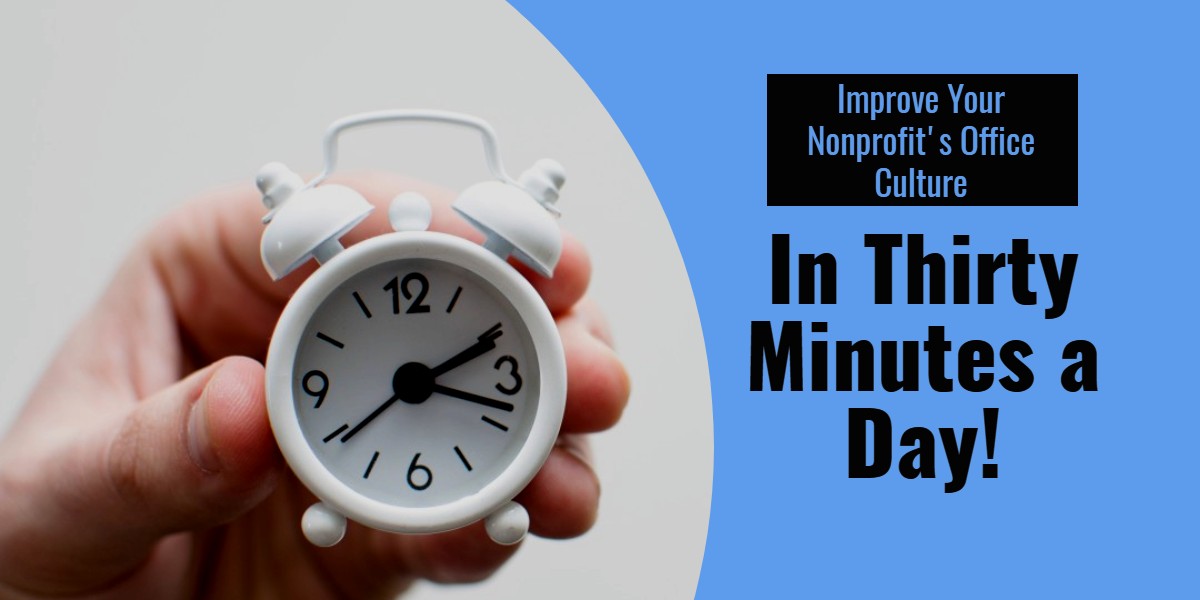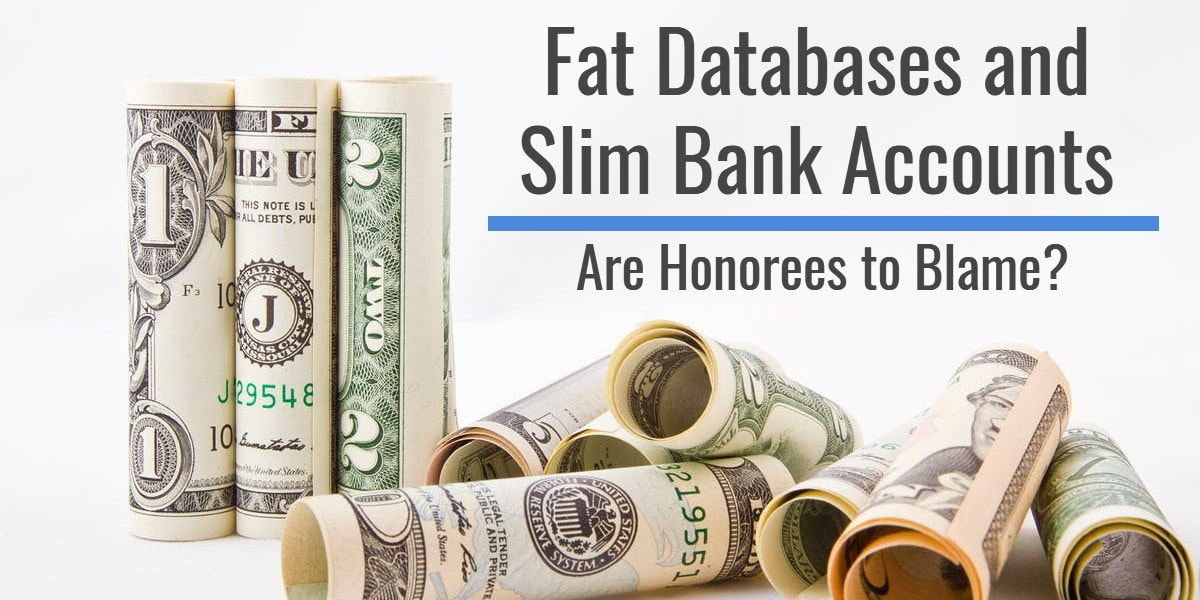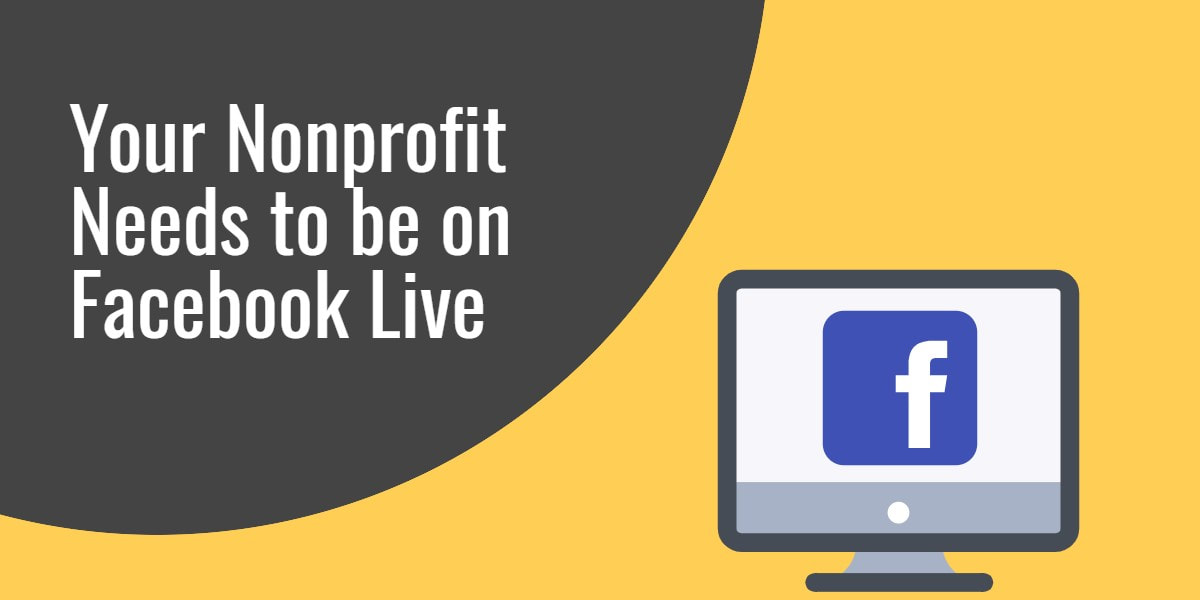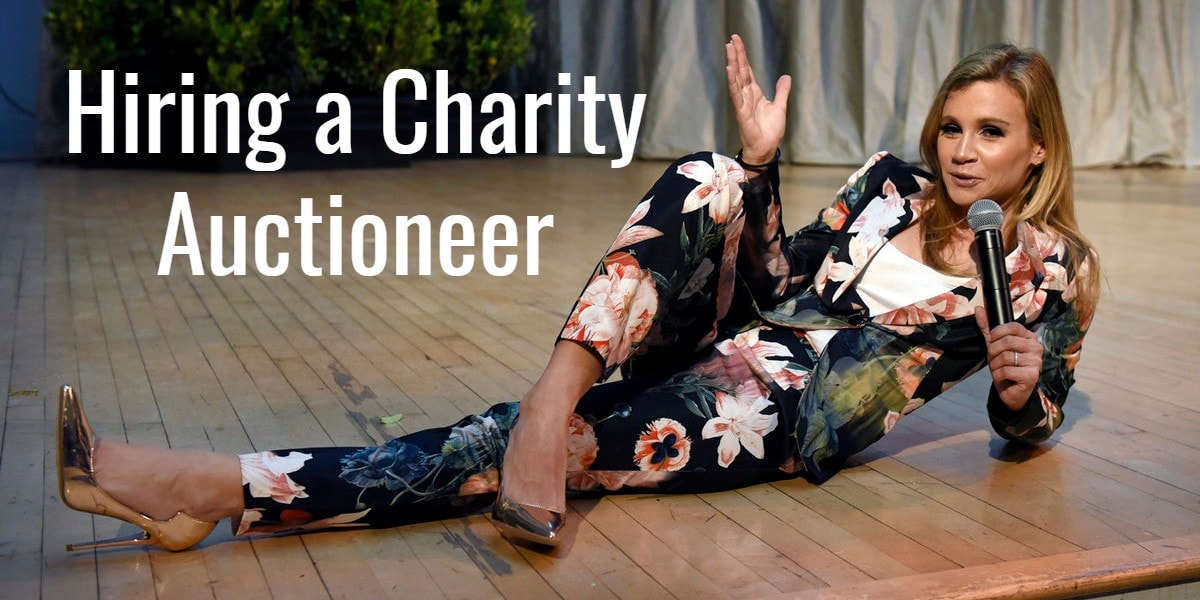Fundraising is a skill. It takes time and practice to develop the skills necessary to be successful in this industry.
Over my years working with hundreds of nonprofit fundraisers, I have found that many development professionals have no clue what they are doing. They have had little to no training, and have had to navigate the world of fundraising on their own. To make it worse, the nonprofit industry historically has very low standards, because nonprofits are just happy that someone is doing the job for the measly salaries they can offer.
But all is not lost! You can learn the skills necessary to become an amazing nonprofit fundraiser, all you have to do is put in the time.
Here’s a look at the seven skills you must master if you want to become a genius fundraiser.
1. Follow-Through. It’s surprising how many people ruin their chances of success by not following through on their promises. This is such a simple, but so so important, aspect of this job. You simply must do what you say you are going to do. People donate to those they know and trust. Not following through on your promises is a great way to lose trust.
2. Know your community. Get out there and interact with the community as much as possible. Go to the farmer’s market, attend the yearly tree lighting, patronize local businesses. People donate to people, not to organizations. You must make yourself available and approachable.
Start laying the groundwork to build the relationships that ultimately end in a gift for your nonprofit. Say you live in a small town and all your donors go to the grocery store at 5pm on Fridays. You should also be “grocery shopping” for two hours on Fridays so you can mingle and network with the residents of your town.
3. Give good phone. Be happy and upbeat. Be somebody people want to talk to when they can’t see your face. Be personable, but get to the point. Your donor’s time is valuable; aim for short and sweet whenever possible.
Remember: People donate to people, not organizations. This business is about people and relationships.
4. Love rejection. As a fundraiser you will hear “no” often. Learn to love rejection. I always think of a “no” as “not right now.” There’s always a few months from now! If you still hate hearing the word “no,” learn to persevere through it.
Keep pushing forward and honing your skills. Donors can say no for any number of reasons, very few of which have anything to do with you.
5. Ask the right questions. When speaking with a donor about their gift, involvement, or lack thereof, your questions should ALWAYS be open-ended and philanthropy-focused.
Ask questions that get your donors talking about their philanthropic goals. This is particularly important when working with major donors who likely have larger goals they are trying to achieve with their philanthropy, but it is helpful with donors of all levels. Once you know what they are trying to achieve, you can present opportunities with the organization that align with your donor’s goal.
6. Set parameters. This is as true in fundraising as it is in any field. Focus on your job. Development professionals can end up spending the majority of their time planning events or focusing on board meetings or leadership development. If you are a fundraiser everything you do should be focused on donor cultivation and raising money.
7. Fundraise every day. Fundraising should be part of every single day. That’s right. Each and every day presents opportunities for donor cultivation and fundraising and fundraising strategies. We all know that development is not a 9 to 5 job. Use every opportunity presented to you to cultivate existing donors, meet new donors, and close gifts. You never know when the next major donor is going to walk in the door.
Each and every one of these skills can be learned and honed over time. With time, energy, and practice you will become an in-demand fundraiser. But don’t expect it to happen overnight. Have patience with yourself as you learn each of these new skills and before you know it you’ll be leading the way in the fundraising world.









 RSS Feed
RSS Feed